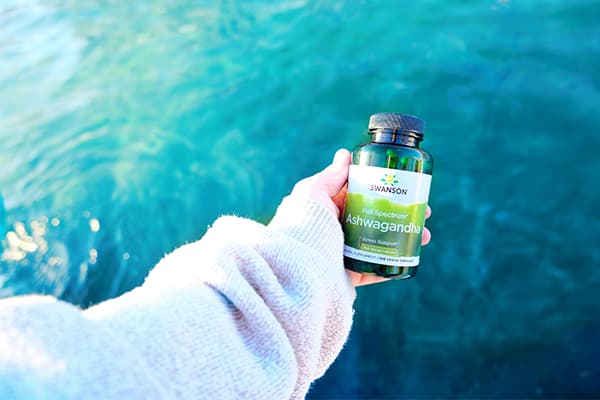WELLNESS WITHIN REACH
Explore By Interest
Beauty and Healthy Aging
Vision Health
Bath and Beauty
Womens Health
Pure Science Herbals
Sleep Supplements
Childrens Health
Swanson Health A to Z Guide to Modern Wellness
Herbal Supplements
Digestive Health
Recipes and DIY
Real Food Nutrition
Energy Stress and Mood
Health News
Sexual Health
Joint Health
Behind the Green Bottle Series
CBD Hemp Extract
Food and Nutrition
Exercise and Fitness
Memory and Brain Support
Mens Health
Health and Wellness
Essential Fatty Acids
Weight Support
Immune Health
Blood Sugar Support
Vitamins and Supplements
Cleanse and Detox
Healthy Home
Heart Health
New and Notable
Get the scoop on what's new at Swanson

New
Top Supplements for the Carnivore Diet
The carnivore diet is a meat-centric eating plan that may simplify food choices and offer certain health benefits. However, it can also lead to gaps in essential nutrients typically found in fruits, vegetables and grains.
Read More >

New
Top Supplements for Hair Health
Targeted supplements for hair can nourish your body from within, supporting hair follicle function, improving scalp circulation, strengthening strands and more.
Read More >

New
What are Fat-Soluble Vitamins?
Fat-soluble and water-soluble vitamins differ in how they are absorbed, stored and excreted. Find information on benefits and food sources of fat-soluble vitamins.
Read More >
Food for Thought
Stay sharp with mind & cognition support
Explore All Memory and Brain Support

Mind
The 7 Best Natural Sleep Aids
Our guide of top 7 natural sleep aids that will help you rest easy all night long
Read More >
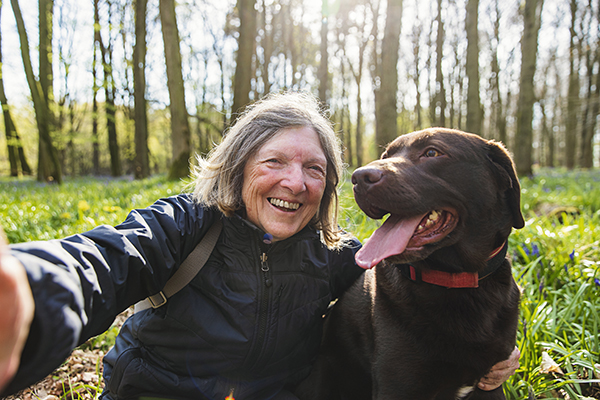
Mind
What are Nootropics and What Can They Do?
From combating caffeine jitters to keeping your wits sharp, nootropics may be the "smart drugs" you need to enhanced cognition and sustained energy
Read More >

Mind
Top Brain Health Supplements
Maintaining cognitive function becomes especially crucial as we age to support memory, focus, independence and overall quality of life.
Read More >
Healthy Lifestyle
Explore latest healthy living trends
Explore All Vitamins and Supplements

Body
Finally Talking About the Menopause Journey
It's time to demystify menopause and walk through hormones and the effects they have on the body.
Read More >
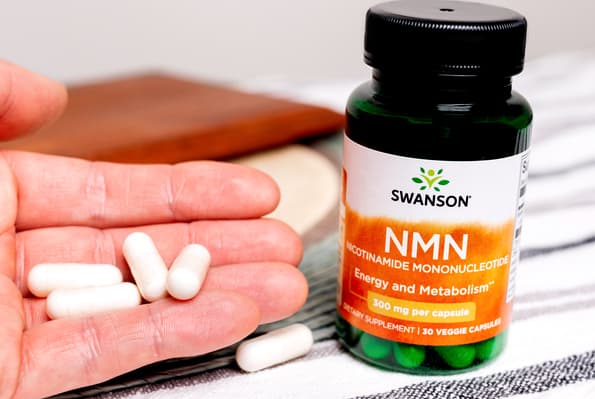
Body
What is NMN? Benefits, Side Effects and More
Learn about NMN, a popular supplement gaining attention for its potential to support longevity and overall well-being.
Read More >

Body
Top Supplements for Detoxing the Body
Your body has a natural detox network to keep itself healthy. Find out the best supplements to support these processes.
Read More >
Health & Home
Discover wellness at home
Explore All Healthy Home
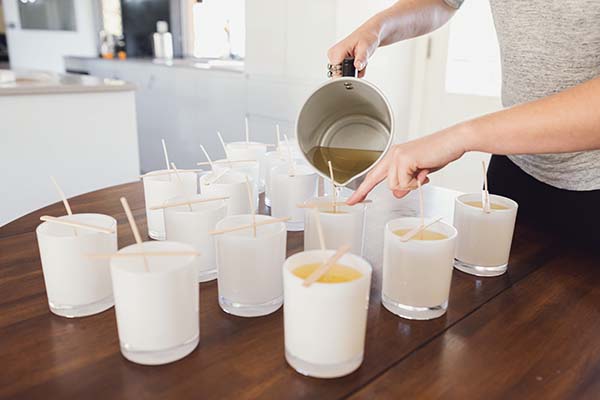
Home
Candle Making 101: A Super Simple Start to DIY Candles
If you’re wondering how to make a candle, it’s actually easier than you might think. This sage-scented candle is a great start to a new craft.
Read More >

Home
A Quick Guide to Hygge: The Art of Coziness
What is hygge? Learn about the Danish art of hygge, plus hygge food and how to hygge.
Read More >
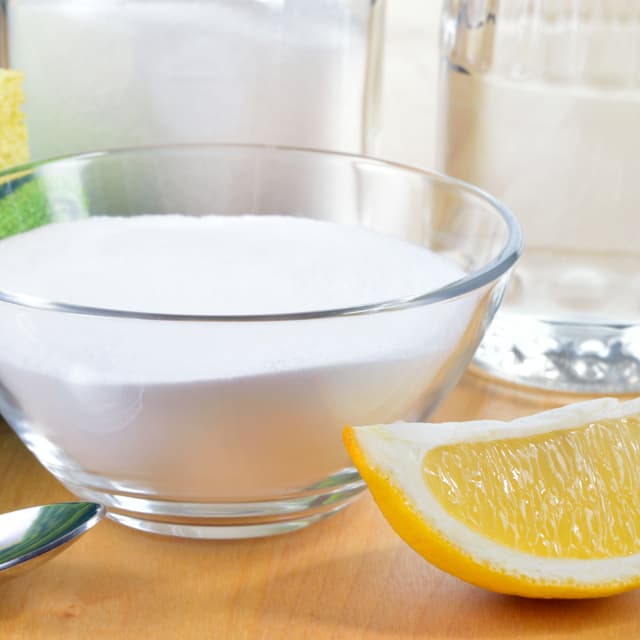
Home
Tips for Detoxing Your Home + Natural & DIY Cleaners
Clean your house with natural products, banish toxic chemicals and get recipes for DIY cleaners and cleaning with vinegar.
Read More >
What's Cookin'?
Recipes
Explore All Recipes
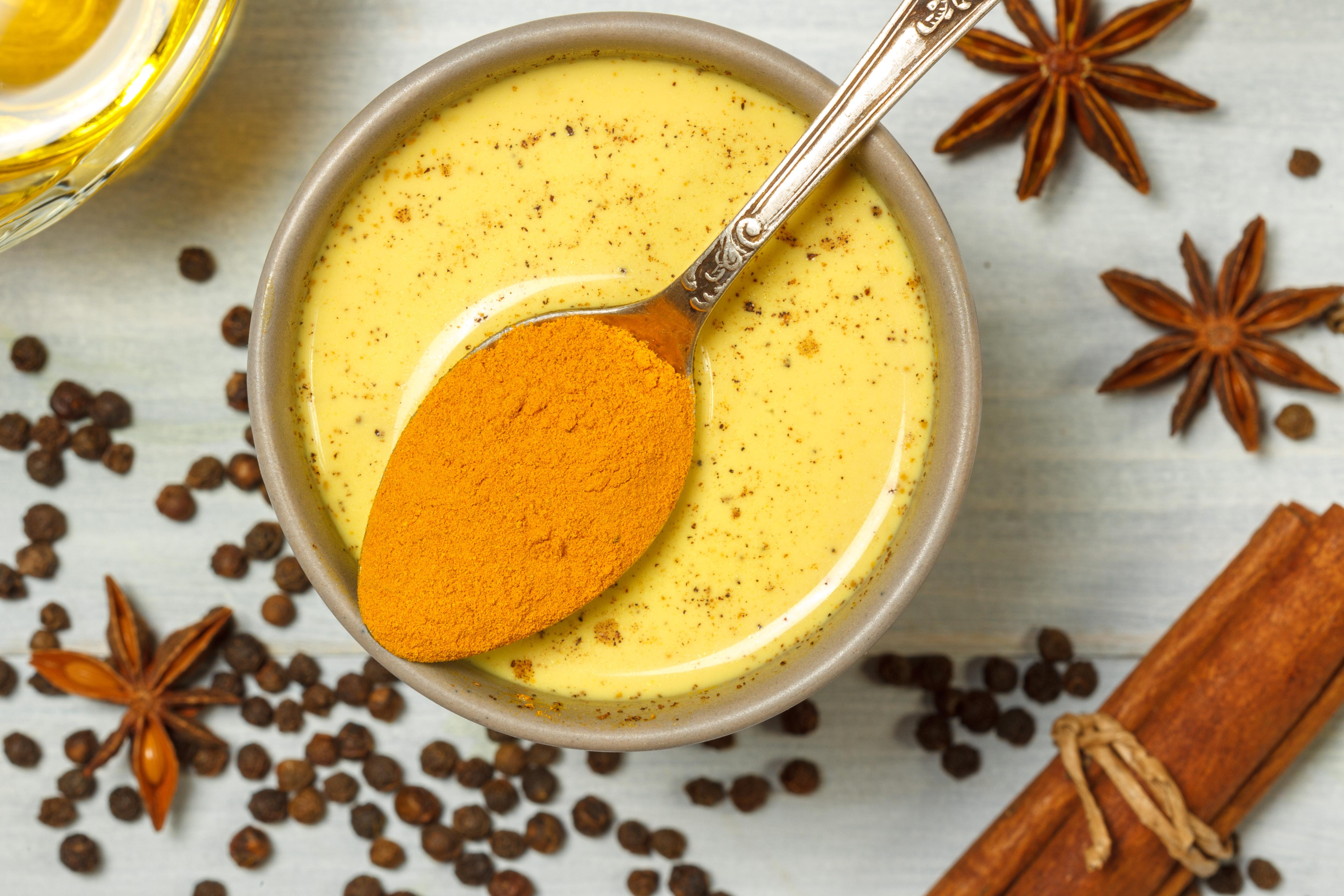
Recipes
Chai Golden Milk Tea
Imagine the warming scents of chai tea combined with the nutritious benefits of ginger and turmeric. This chai latte is easy to make and will...
Read More >
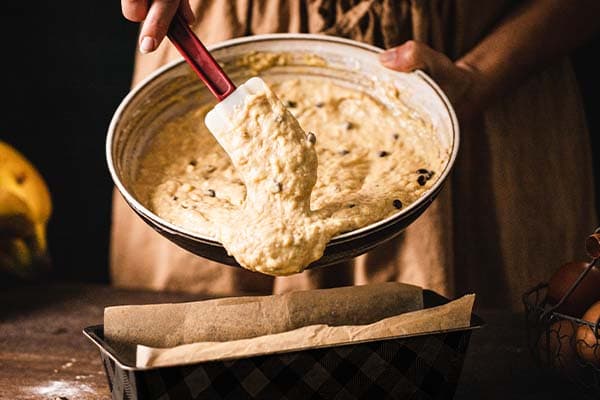
Recipes
Pumpkin Raisin Banana Bread
Prepare yourself for the best-smelling bread you’ve ever baked! Pumpkin Raisin Banana Bread is seriously scrumptious. It combines all the best flavors—pumpkin, cinnamon, banana and...
Read More >
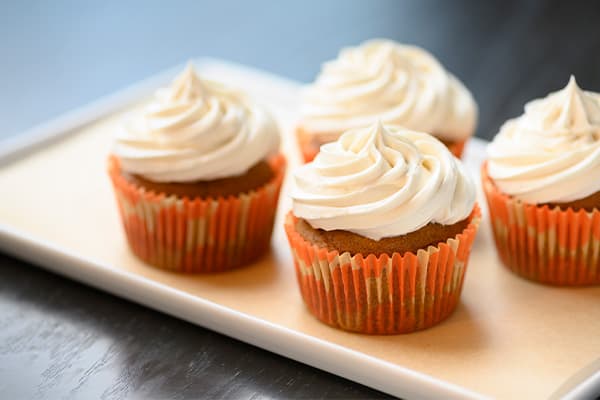
Recipes
Pumpkin Spice Cupcakes with Cinnamon Cream Cheese Frosting
Pumpkin and cinnamon are essential fall flavors. Include them in cupcakes, and you've got one knock-out dessert! Pumpkin Spice Cupcakes with Cinnamon Cream Cheese Frosting...
Read More >
Weekly Newsletter
Sign up to our weekly newsletter to keep up-to-date with our latest items
